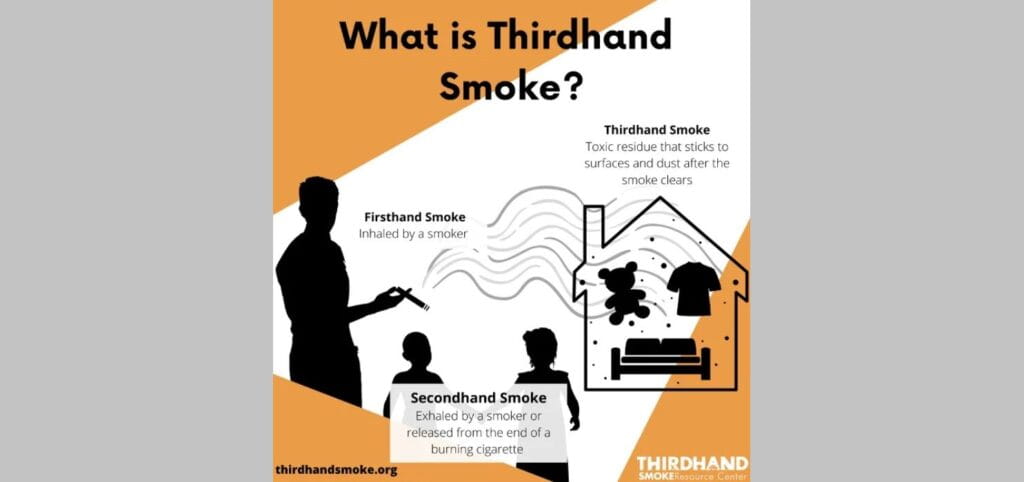E. Melinda Mahabee-Gittens, MD, PhD
- Professor, UC Department of Pediatrics
- melinda.mahabee-gittens@cchmc.org
- Board Certified
About
Biography
My primary research goal is to prevent and reduce tobacco smoke exposure (TSE) in children. I am a clinical researcher and pediatrician with subspecialty training in pediatric emergency medicine. I am the first investigator to translate evidence-based pediatric TSE reduction and parental tobacco cessation interventions into the busy Pediatric Emergency Department (PED) and Urgent Care (UC) settings. This seminal work with over 3,000 children and parents involved overcoming many barriers through the incorporation of complex screening, intervention and sample collection protocols. This included the development of clinical decision support tools within Epic to help fit research procedures seamlessly into the clinical workflow. This work has provided important answers on how to intervene with parents during their child’s healthcare visit.
My team’s research has focused on youth tobacco prevention (K23CA117864 and R03CA142099); TSE reduction in children and parental tobacco cessation interventions (K22CA163747, R21CA184337 and R01HD083354); and the collection and analysis of child biological samples, environmental samples and national secondary data to assess the effects of secondhand smoke exposure (SHSe), thirdhand smoke exposure (THSe) and pollution, and electronic cigarette aerosol exposure on children (R01ES027815, R01ES030743, and R21ES032161).
My team’s work demonstrates that the PED/UC setting is a unique, untapped and opportune setting in which to conduct tobacco-related research for several reasons. First, many low-income children and their parents utilize PED/UCs as a source of primary care. These parents have a high prevalence of smoking, and even when parents are nonsmokers, many of their children live in multiunit housing or other homes which are highly polluted with THS. Second, there are natural delays during the PED/UC visit when clinical testing and observation occurs; thus, the PED/UC visit is an excellent time to conduct research. Third, parents find the conduct of this research acceptable and endorse that tobacco screening and counseling should be done during the PED/UC visit. Finally, this work demonstrates that children with TSE are more likely to have respiratory symptoms and illnesses and increased severity of clinical illness.
Unfortunately, we have also found that 30% of children of smokers under the age of 5 years have TSE levels equal to that of active smokers, and 2- to 4-year-olds have the highest levels of hand nicotine (a measure of THSe) — over seven times higher than nonsmoking adults living with smokers. Thus, I believe that it is imperative that tobacco-related investigations continue in this setting so that children can be protected from preventable TSE-related illnesses. The findings from this research will disentangle which environmental sources contribute to THSe levels so that policy and remediation strategies can be developed to decrease the cumulative effects of tobacco smoke. This research will result in a new understanding of the clinical effects of SHSe and THSe on children and will improve and expand existing preventive measures.
My awards and appointments include the:
- Preventive Medicine Alumni Award, the State University of New York Health Science Center at Brooklyn (2017)
- Leonard P. Rome Award, Ohio (2019)
- American Academy of Pediatrics (AAP) award to Smoke Free Families program team (2019)
- Appointed to the Fellows Program of the Society for Research on Nicotine & Tobacco (SRNT) in recognition of outstanding contributions to the field of nicotine and tobacco research and of service to SRNT (2020)
My research is funded by the National Institutes of Health: R01HD083354, R01ES027815, R01ES030743, and R21ES032161.
MD: State University of New York at Brooklyn, NY, 1992.
Residency: The Children's Hospital at Yale-New Haven, CT, 1995.
Fellowship: Cincinnati Children's Hospital Medical Center, Cincinnati, OH, 1999.
MS: University of Cincinnati, Cincinnati, OH, 1999.
PhD: University of Cincinnati, Cincinnati, OH, 2022.Services and Specialties
Interests
Thirdhand smoke exposure; secondhand smoke exposure; tobacco smoke exposure biomarkers; tobacco cessation
Research Areas
Locations (2)
Insurance Information
Cincinnati Children's strives to accept a wide variety of health plans. Please contact your health insurance carrier to verify coverage for your specific benefit plan.
Publications
Perceived Health Concerns of Child Hand Nicotine Levels Among Parental Smokers of Young Children. Hospital Pediatrics. 2025; 15:e530-e534.
Tobacco and cannabis use among pregnant women with prenatal opioid use. Addictive Behaviors. 2025; 170:108442.
Tobacco Smoke Exposure Biomarker Profiles and Healthcare Utilization Patterns Among U.S. Children. Toxics. 2025; 13:909.
Adverse childhood experiences and tobacco smoke exposure among U.S. school-aged children. 2025; 6:100210.
Examination of DNA Methylation Patterns in Children Born Premature with Prenatal Tobacco Smoke Exposure. Toxics. 2025; 13:789.
Assessment, detection, and validation of clinical associations of thirdhand smoke exposure (ADVOCATE) study protocol. Pediatric Research. 2025; 98:864-870.
Pediatric Dog Bite Injury Trends During the COVID-19 Pandemic. Pediatric Emergency Care. 2025; 41:509-513.
Dimensions and domains to assess secondhand tobacco smoke exposure: insights from a Delphi study. Gaceta sanitaria / S.E.S.P.A.S. 2025; 39:102508.
Sociodemographic disparities in thirdhand smoke exposure among children in the United States: a narrative review. 2024; 3:n/a.
Asthma and decreased lung function in children exposed to perfluoroalkyl and polyfluoroalkyl substances (PFAS): An updated meta-analysis unveiling research gaps. Environmental Research. 2024; 262:119827.
From the Blog
Toxic Thirdhand Smoke Residue Reaches Many Children Even in Nonsmoking Homes
E. Melinda Mahabee-Gittens, MD, PhD6/6/2025
Potent Carcinogen Detected in Third-Hand Smoke Residue
E. Melinda Mahabee-Gittens, MD, PhD2/2/2024
Many Children Still Exposed to Tobacco Smoke Pollution Even in ‘Smoke-Free’ Homes
E. Melinda Mahabee-Gittens, MD, PhD2/7/2022
Third-Hand Smoke: How Children Pick Up Surprising Levels of Nicotine Exposure
E. Melinda Mahabee-Gittens, MD, PhD6/29/2019











Patient Ratings and Comments
All patient satisfaction ratings and comments are submitted by actual patients and verified by a leading independent experience management company, Qualtrics. Patient identities are withheld to ensure confidentiality and privacy. Only those providers whose satisfaction surveys are administered through Cincinnati Children’s Hospital Medical Center are displayed. Click here to learn more about our survey